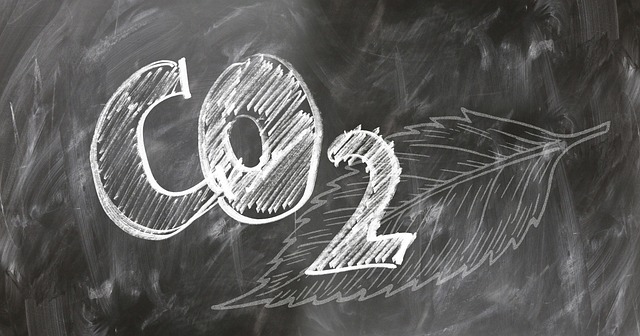In a world where the consequences of climate change are becoming increasingly evident, the need for actionable solutions has never been more pressing. Among these strategies, carbon offsetting has emerged as a popular and effective mechanism to mitigate our environmental impact. As individuals and organizations seek to balance the scales of their carbon footprints, carbon offsetting provides a pathway towards a more sustainable future, fostering hope amidst the anxiety that climate change brings.
At its core, carbon offsetting involves compensating for emissions by financing a reduction in greenhouse gases elsewhere. This is accomplished through projects that focus on reforestation, renewable energy developments, and methane capture, among others. By supporting these initiatives, individuals and corporations can offset their carbon footprint, thus contributing positively to the environment while also promoting social responsibility.
The urgency of the climate crisis has crystallized a collective understanding: every single action matters. Whether it’s a local business going green or a family choosing to support clean energy initiatives, our choices can lead to significant environmental impacts. With carbon offsetting, the interplay between personal and collective responsibility becomes clear. It’s not just about reducing emissions at the source; it’s also about recognizing the shared nature of our global ecosystem.
One of the profound aspects of carbon offsetting is its ability to empower people. Many feel a sense of despair in the face of climate change, but engaging in offsetting projects offers a tangible way to make a difference. By funding and participating in these projects, individuals can take ownership of their carbon footprints and contribute to larger, transformative changes. This sense of agency is crucial in combating the feelings of helplessness that often accompany discussions of climate change.
Moreover, the emotional connection to these initiatives can be profound. For example, supporting reforestation projects not only helps absorb CO2 but also restores habitats and protects biodiversity. This connection to nature can evoke feelings of hope and responsibility, urging us to engage more deeply with our environment. Protecting our planet becomes a personal mission, igniting passion and commitment to sustainability.
As we traverse this journey towards a greener planet, it’s essential to understand the broader implications of carbon offsetting. It serves as a bridge that connects our everyday actions with global outcomes. When individuals offset their carbon emissions, they are not only addressing their environmental impact but also supporting communities around the world engaged in sustainable practices. This ripple effect ignites a chain of positivity, making climate action feel attainable rather than overwhelming.
However, carbon offsetting is not a silver bullet; rather, it should complement other sustainable practices. Reducing emissions at the source remains vital. Living sustainably, consuming responsibly, and advocating for systemic change are all integral to the endeavor of combating climate change. When included as part of a comprehensive approach, carbon offsetting enhances our collective efforts and underscores the urgency of tackling this global crisis.
In this critical time for our planet, understanding and engaging in carbon offsetting can empower us all. It reminds us that while the challenge is monumental, our commitment to making a difference can be equally monumental. In the face of climate change, let us embrace the solutions that resonate with our values and foster a sustainable future for generations to come. The path forward is marked by every conscious choice, and with carbon offsetting, we can embark on this journey together.



